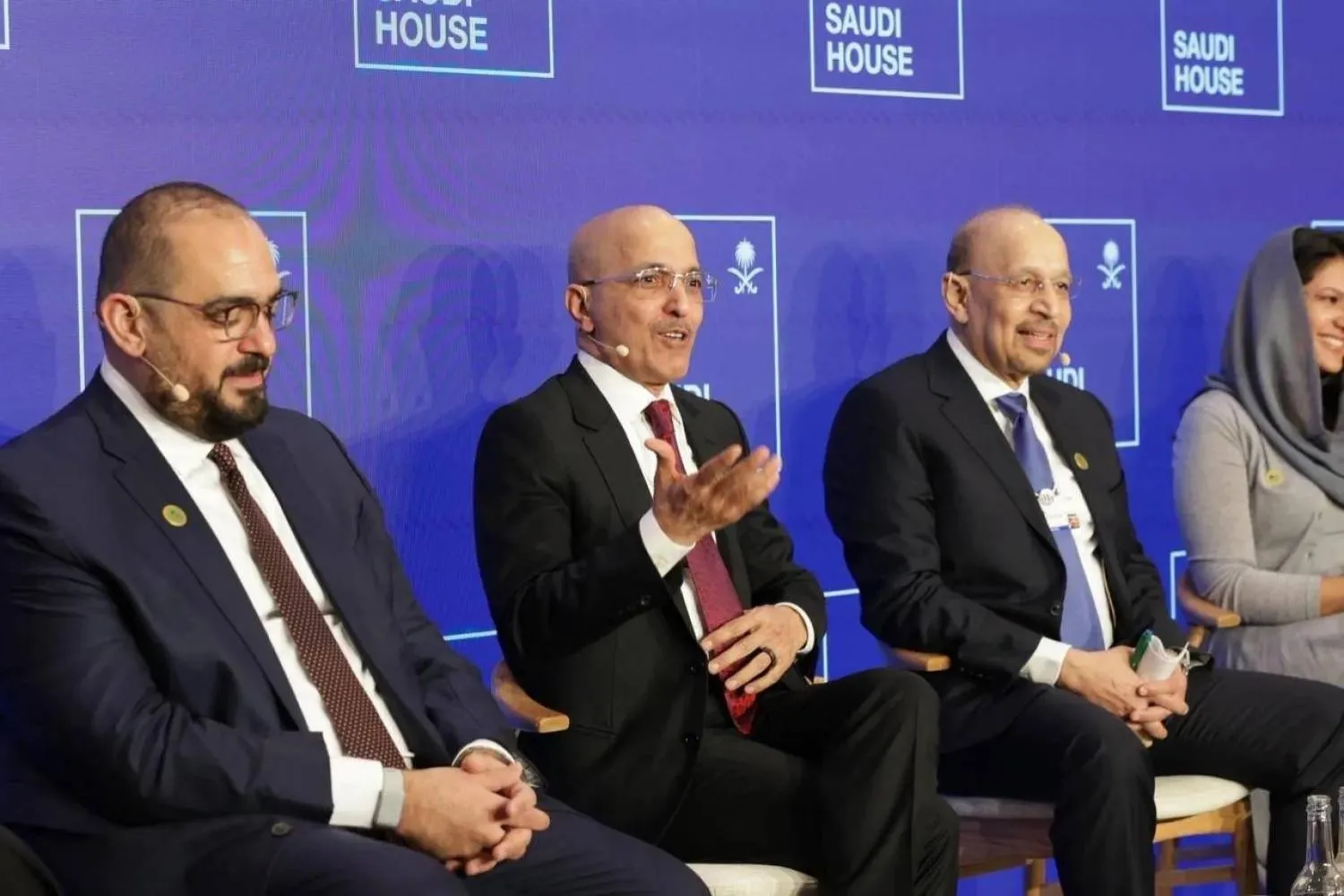Oil prices edged up on Thursday after two sessions of losses, as supply concerns over Libya returned to focus, although countered by a smaller-than-expected draw in US crude inventories that sapped demand expectations.
Brent crude futures climbed 9 cents, or 0.11%, to stand at $78.74 a barrel by 0355 GMT, while US West Texas Intermediate crude futures were up 15 cents, or 0.2%, at $74.67.
Both contracts lost more than 1% on Wednesday, after data showed US crude inventories dropped 846,000 barrels to 425.2 million last week, missing analyst expectations in a Reuters poll for a draw of 2.3 million.
Worries over disruption in supplies from Libya, a member of the Organization of the Petroleum Exporting Countries (OPEC), were positive for the market, some analysts said.
The Libya woes, amid growing geopolitical concerns, will keep oil markets on edge, and are likely to limit downside to prices, said Priyanka Sachdeva, a senior market analyst at Phillip Nova.
Some oilfields in Libya have halted production amid a fight for control of the central bank, with one consulting firm estimating output disruptions of between 900,000 and 1 million barrels per day (bpd) for several weeks.
Libya's July production was about 1.18 million bpd.
The length of the supply disruption could have a spillover effect on OPEC+ production plans in the coming October, which in turn could impact oil markets positively if supply does not ease as expected.
"A prolonged shutdown from Libya will give OPEC+ a bit more comfort in increasing supply in 4Q24 as currently planned," ING analysts said in a client note, adding that a short disruption would make the cartel's decision tougher, however.
"Under this scenario, we believe they will be reluctant to bring additional supply to the market when there are still lingering demand concerns."
Expectations for the US central bank to start cutting interest rates next month also supported oil prices, with Federal Reserve Bank of Atlanta President Raphael Bostic saying it may be time for cuts, with inflation down farther and unemployment up more than anticipated.
Lower interest rates make borrowing cheaper, which could boost economic activity and increase demand for oil.
Oil Edges Up As Libyan Supply Woes Offset Lower-Than-Expected US Stock Draw

The sun is seen behind a crude oil pump jack in the Permian Basin in Loving County, Texas, US, November 22, 2019. REUTERS/Angus Mordant

Oil Edges Up As Libyan Supply Woes Offset Lower-Than-Expected US Stock Draw

The sun is seen behind a crude oil pump jack in the Permian Basin in Loving County, Texas, US, November 22, 2019. REUTERS/Angus Mordant
لم تشترك بعد
انشئ حساباً خاصاً بك لتحصل على أخبار مخصصة لك ولتتمتع بخاصية حفظ المقالات وتتلقى نشراتنا البريدية المتنوعة







